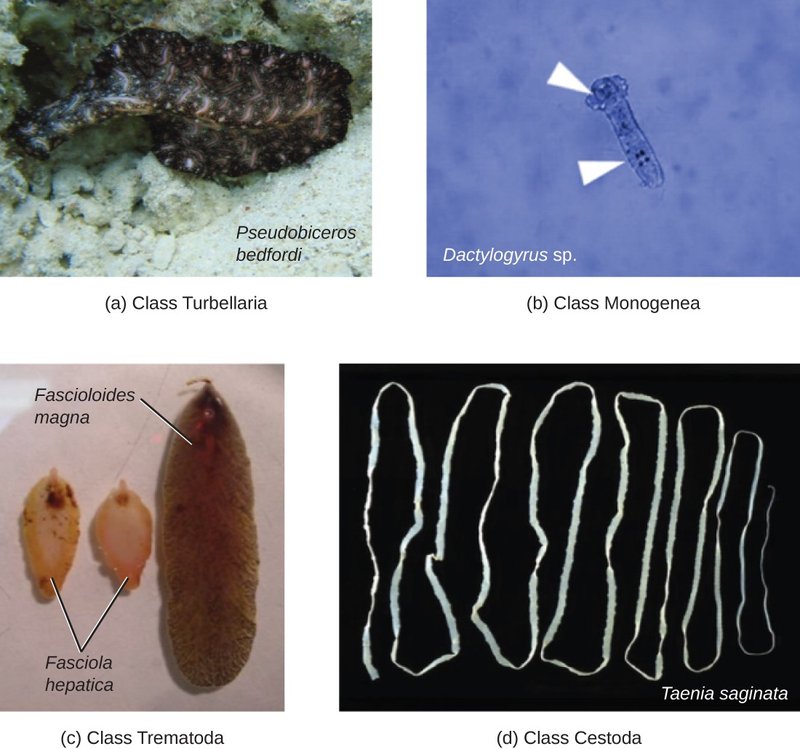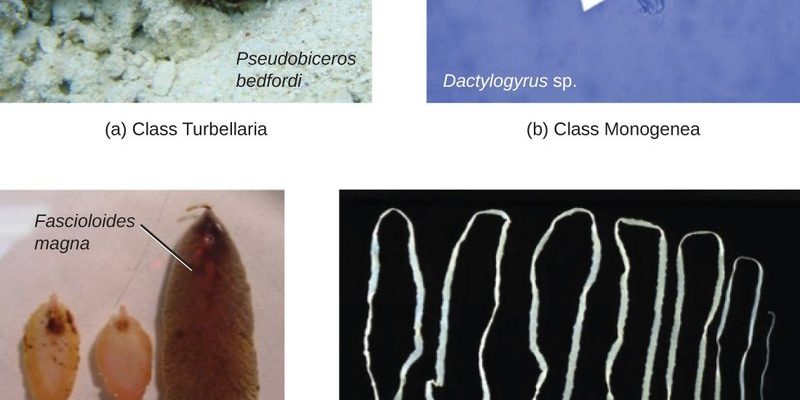
Bootlace worms and flatworms aren’t just random names; they tell you a lot about the creatures. Bootlace worms, known for their incredible lengths, are fascinating in their own right. On the other hand, flatworms, with their distinctive flat bodies, also have some interesting traits. So, let’s dive in and explore how you can tell these two types of worms apart. It’s simpler than it sounds!
What Are Bootlace Worms?
Bootlace worms, scientifically called *Lineus longissimus*, are some of the longest worms you might ever encounter. They can grow up to 30 meters long—yes, you read that right! That’s about the size of a semi-truck! These worms are typically found in marine environments, especially along the coasts of Europe and North America. Their bodies can appear very slender and are often a mix of black, brown, or even greenish shades.
One of the most striking features of bootlace worms is their incredible flexibility. They can move in a variety of ways, almost like a long piece of spaghetti. When threatened, these worms can also secrete a mucus that helps them slip away from predators. Here’s the thing: while they may look scary, bootlace worms are harmless to humans.
You might spot them while exploring tidal pools, where they often blend into the sand or the rocks. If you see a long, undulating body, chances are it could be a bootlace worm. Just remember: **if it’s super long and wriggly, it might be a bootlace worm!**
What Are Flatworms?
Flatworms, or *Platyhelminthes*, come in various shapes and colors, but they generally have a distinctive flattened body. Unlike bootlace worms, flatworms are much shorter and can range anywhere from a few millimeters to a couple of feet. They can be found in both marine and freshwater habitats and are often seen in ponds and streams. Some are even terrestrial, living in moist environments.
Flatworms have a more solid appearance compared to bootlace worms. Instead of being long and wiggly, they tend to be broad and flattened, resembling a ribbon. Their bodies often display colorful patterns, which can range from vibrant blues and reds to muted browns and greens. This coloration can indicate their health and their level of camouflage in their environment.
One interesting aspect of flatworms is their unique movement. They often glide along surfaces using tiny cilia, which are hair-like structures that beat rhythmically. If you’re ever observing one, you might notice it moving in a smooth, gliding motion across the water or substrate. **If it’s flat and moves like it’s gliding, it’s likely a flatworm!**
Physical Differences Between Bootlace Worms and Flatworms
When it comes to identifying bootlace worms versus flatworms, physical characteristics are the first thing you should look at. Here are some key features to spot:
- Body Shape: Bootlace worms are long and cylindrical, while flatworms have a distinctly flat and broad body.
- Length: Bootlace worms can reach incredible lengths of up to 30 meters, whereas flatworms are usually short, rarely exceeding a few feet.
- Movement: Bootlace worms often wiggle and undulate, while flatworms glide smoothly along surfaces using cilia.
- Coloration: While both can display a range of colors, flatworms often have vivid patterns that can serve as a warning to predators.
Understanding these physical traits can significantly help in correctly identifying whether what you’re looking at is a bootlace worm or a flatworm. So, the next time you see a worm-like creature, remember to take a closer look at its shape and movement!
Habitat and Distribution
The habitats where bootlace worms and flatworms thrive can also give you clues about their identity. Bootlace worms prefer environments like coastal areas, sandy sediments, or even rocky shorelines. They’re commonly found in the intertidal zone, where there’s plenty of moisture and food.
On the flip side, flatworms are a bit more versatile. You can find them in diverse environments, including freshwater rivers, streams, and ponds, as well as in the ocean. Some flatworms even inhabit damp terrestrial areas, making them more adaptable than bootlace worms.
If you’re exploring a tidal pool and see a long, eel-like creature, it’s probably a bootlace worm. If you come across a flat, colorful worm in a freshwater pond, then you’ve likely spotted a flatworm. **Knowing where to look can help you identify these fascinating creatures!**
Behavioral Characteristics
Now let’s talk about behavior, as it can also help in distinguishing bootlace worms from flatworms. Bootlace worms are generally solitary creatures. They tend to hide in the sand or among rocks, only revealing themselves when they feel safe or hungry. They can be quite defensive and will use their slime to evade predators.
Flatworms, on the other hand, exhibit more diverse behaviors. Some species are predatory, actively hunting for smaller animals like snails or other worms. Others might be scavengers, feeding on decaying matter. You might notice that flatworms sometimes congregate in groups, especially during mating season, which isn’t something you typically see with bootlace worms.
So, if you’re observing worm-like movements and see a solitary long worm, it’s likely a bootlace worm. If you come across a group of shorter, flat creatures, you’re probably looking at flatworms. **Behavior can be a strong indicator of what you’re dealing with!**
Why It Matters: The Importance of Knowing the Difference
Understanding how to differentiate bootlace worms from flatworms isn’t just a fun party trick; it can have real-world implications. For environmentalists and biologists, knowing different species helps in monitoring ecosystem health. Bootlace worms play a role in marine food webs, while flatworms can indicate the quality of freshwater systems.
For hobbyists and nature lovers, this knowledge can enhance your outdoor adventures. Being able to identify what you’re looking at can make beach combing or pond exploration much more enjoyable. You might even impress your friends with your new-found worm wisdom!
Moreover, if you’re involved in gardening or aquaculture, knowing how to identify these worms can help you manage your environment better. Some flatworms can be pests in fish tanks or gardens when they multiply uncontrollably. Being able to spot them early can save you a lot of trouble down the line.
Ultimately, distinguishing bootlace worms from flatworms doesn’t have to be a headache. With a little practice and awareness, you can quickly learn to identify these fascinating creatures in their natural habitats. Remember to pay attention to their body shapes, colors, behaviors, and where you find them.
So, the next time you’re out exploring nature and encounter a worm-like creature, take a moment to analyze it. You might discover more than just a worm—you might uncover a whole new appreciation for the buzzing life around you. Whether it’s the impressively long bootlace worm or the beautifully patterned flatworm, each has its story to tell. Happy exploring!

